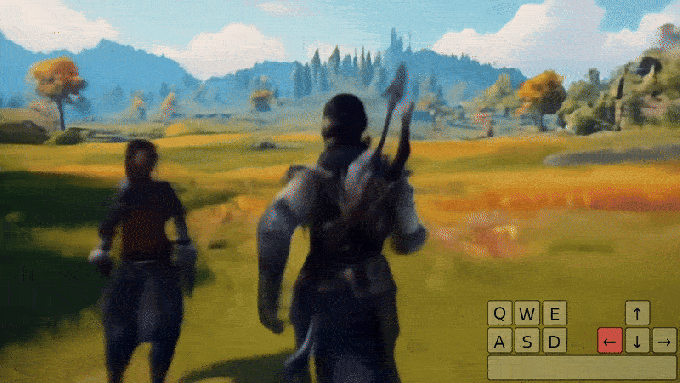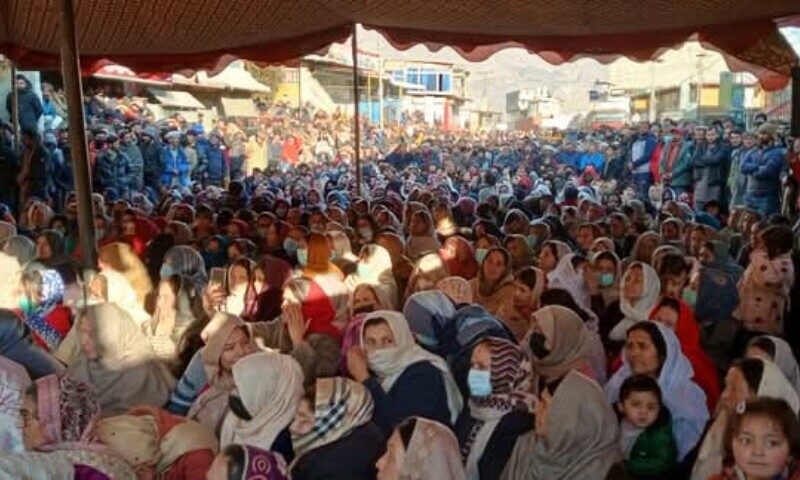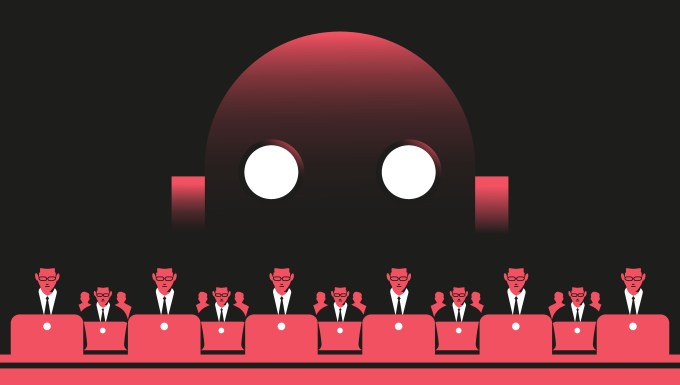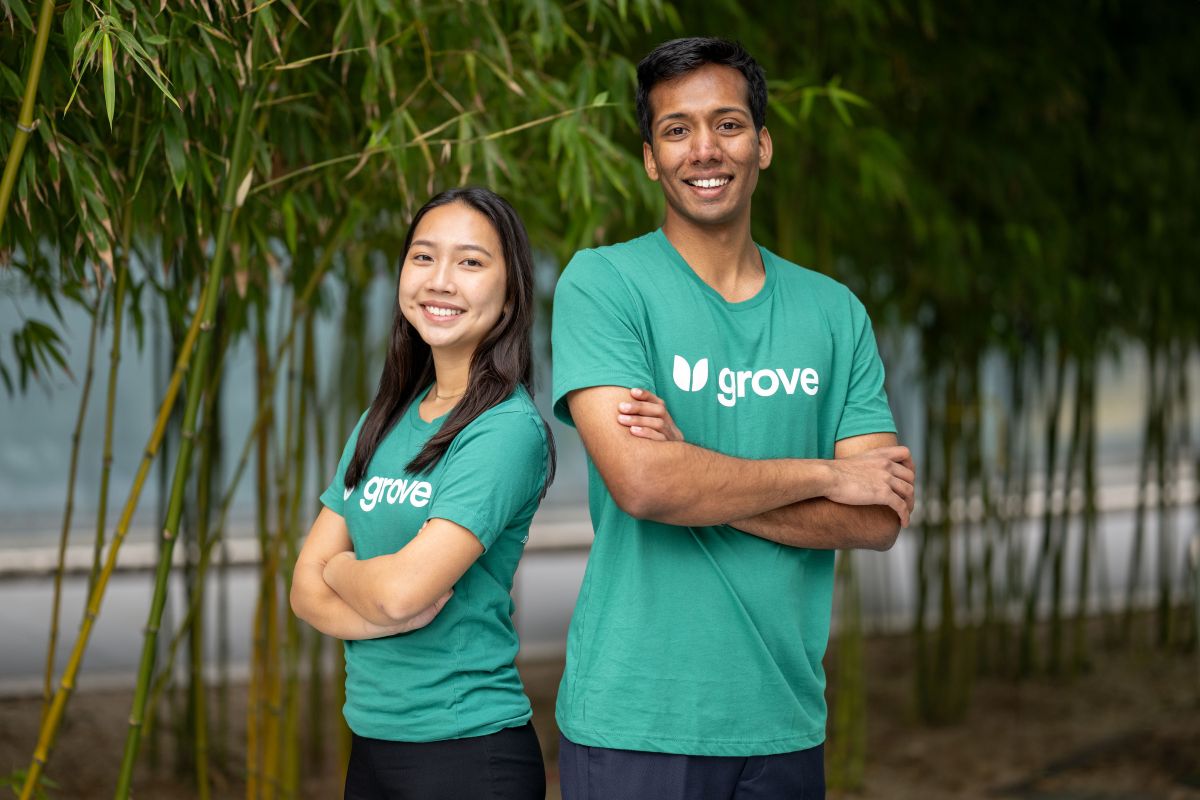Google is forming a new team to work on AI models that can simulate the physical world.
Tim Brooks — one of the co-leads on OpenAI’s video generator, Sora, who left for Google’s AI research lab, Google DeepMind, in October — will lead the new team, he announced in a post on X. It’ll be a part of Google DeepMind.
“DeepMind has ambitious plans to make massive generative models that simulate the world,” Brooks wrote Monday morning. “I’m hiring for a new team with this mission.”
According to job listings Brooks linked to in his post, the new modeling team will collaborate with and build on work from Google’s Gemini, Veo, and Genie teams to tackle “critical new problems” and scale models “to the highest levels of compute.” Gemini is Google’s flagship series of AI models for tasks like analyzing images and generating text, while Veo is Google’s own video generation model.
As for Genie, it’s Google’s take on a world model — AI that can simulate games and 3D environments in real time. Google’s latest Genie model, previewed in December, can generate a massive variety of playable 3D worlds.

“We believe scaling [AI training] on video and multimodal data is on the critical path to artificial general intelligence,” reads one of the job descriptions. Artificial general intelligence, or AGI, generally refers to AI that can accomplish any task a human can. “World models will power numerous domains, such as visual reasoning and simulation, planning for embodied agents, and real-time interactive entertainment.”
Per the description, Brooks’ new team will look to develop “real-time interactive generation” tools on top of the models they build, and study how to integrate their models with existing multimodal models such as Gemini.
A number of startups and big tech companies are chasing after world models, including influential AI researcher Fei-Fei Lee’s World Labs, Israeli upstart Decart, and Odyssey. They believe that world models could one day be used to create interactive media, like video games and movies, and run realistic simulations like training environments for robots.
Come work with Tim and the Deepmind team on massive world simulation models : )
On the critical path to AGI. https://t.co/4Zuju5eMHb
— Logan Kilpatrick (@OfficialLoganK) January 6, 2025
But creatives have mixed feelings about the tech.
A recent Wired investigation found that game studios like Activision Blizzard, which has laid off scores of workers, are using AI to cut corners, ramp up productivity, and compensate for attrition. And a 2024 study commissioned by the Animation Guild, a union representing Hollywood animators and cartoonists, estimated that over 100,000 U.S.-based film, television, and animation jobs will be disrupted by AI by 2026.
Some startups in the nascent world modeling space, like Odyssey, have pledged to collaborate with creative professionals — not replace them. We’ll have to see if Google follows suit.
There’s also the unresolved matter of copyright. Some world models appear to be trained on clips of video game playthroughs, which could make the companies developing those models the target of lawsuits in cases where the videos were unlicensed.
Google, which owns YouTube, asserts that it has permission to train its models on YouTube videos in accordance with the platform’s terms of service. But the company hasn’t said which specific videos it is sourcing for training.





Leave a Reply